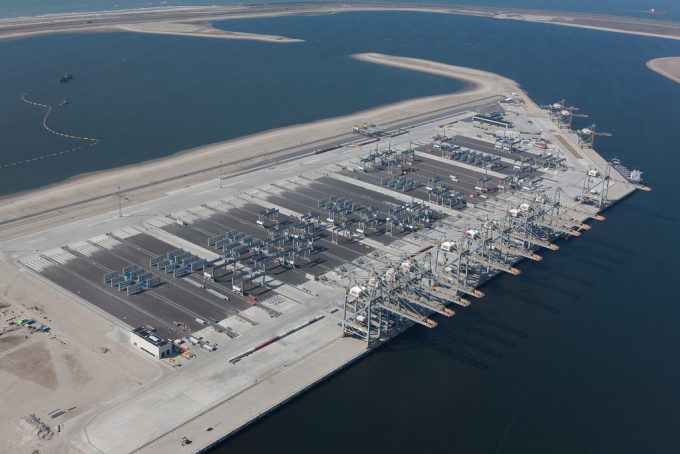It's all politics: Cosco-backed Peru port project at risk
China’s Peruvian dilemma

According to the latest data collated by Dynaliners, there are 37 ultra-large container vessels (ULCVs) of over 18,000 teu in operation, with a staggering 72 more of these mega-ULCVs on order for delivery by 2020.
Including vessels still to be received, Dynaliners notes that Maersk Line will continue to head the ULCV league table with 31 vessels of 18,000 teu or over, followed by the newly-merged China Lines at 22 and MSC in third spot with 20.
With the exception of Asia to the US west coast, where CMA CGM is the only carrier so far to deploy 18,000 teu ships, the 100-plus mega-vessels will be restricted to operating between ports in Asia and Europe.
Already challenged by the current fleet of ULCVs, container ports will need to up their game again to cope with the ships that will be introduced into Asia-Europe loops over the next few years.
Speaking at the Global Liner Shipping Conference in London last week, APM Terminals chief executive Kim Fejfer outlined the challenges facing port operators from the new breed of mega-containership. He said the need for change in the port sector “has been more pronounced in the past two years than in the past twenty”.
“A decade ago, a large terminal with 900 metres of quay could handle three or more vessels simultaneously,” said Mr Fejfer, “but now, with vessels of 400 metres in length, the same terminal, even with reinforced quayside, larger STS [ship-to-shore] cranes and deeper depth, can only accommodate two ultra-large vessels at once to handle the same number of container moves.”
He argued that the potential 50% jump in container exchanges from handling 13,000 teu ULCVs to the largest 20,000 teu behemoths meant “considerably less flexibility for container terminals”.
“Now there is a need for more yard space, larger gates and more manning to handle the volume peaks in the terminal infrastructure. These result in additional costs to the terminal operator which the shipping lines are not ready to pay,” he said.
Elsewhere, the debate on mega-ships continues. In his latest blog, Economies of scale; a defunct shipping model?, OECD ports and shipping analyst Olaf Merk questions whether anybody – carriers, shippers or ports – is actually benefiting from the introduction of the ULCVs.
He notes that almost every ocean carrier has ordered the mega-ships to tap into the ‘economies of scale’ paradigm, but believes this has fuelled fleet overcapacity and depressed freight rates.
“There is not enough cargo, so container ships sail half-empty and lose money,” said Mr Merk. “So much for their projected cost savings.”
Accepting that shippers are ‘happy’ with low rates, Mr Merk notes that they have “traditionally spread risk by using different ships, different lines and different ports”.
“They could now find their cargo on one mega-ship, operated by one mega-alliance, calling at just a few mega-ports,” he cautions adding that this would be a “very risky cocktail” for shippers, with a delay or at worst an accident causing “mega-consequences”.
Noting also that mega-ships “can only be profitable if they are handled very quickly at ports”, Mr Merk is in agreement with the APMT executive in that container ports face “huge challenges” from the mega-ships bringing cargo peaks “that lower the return on investment”.
Comment on this article